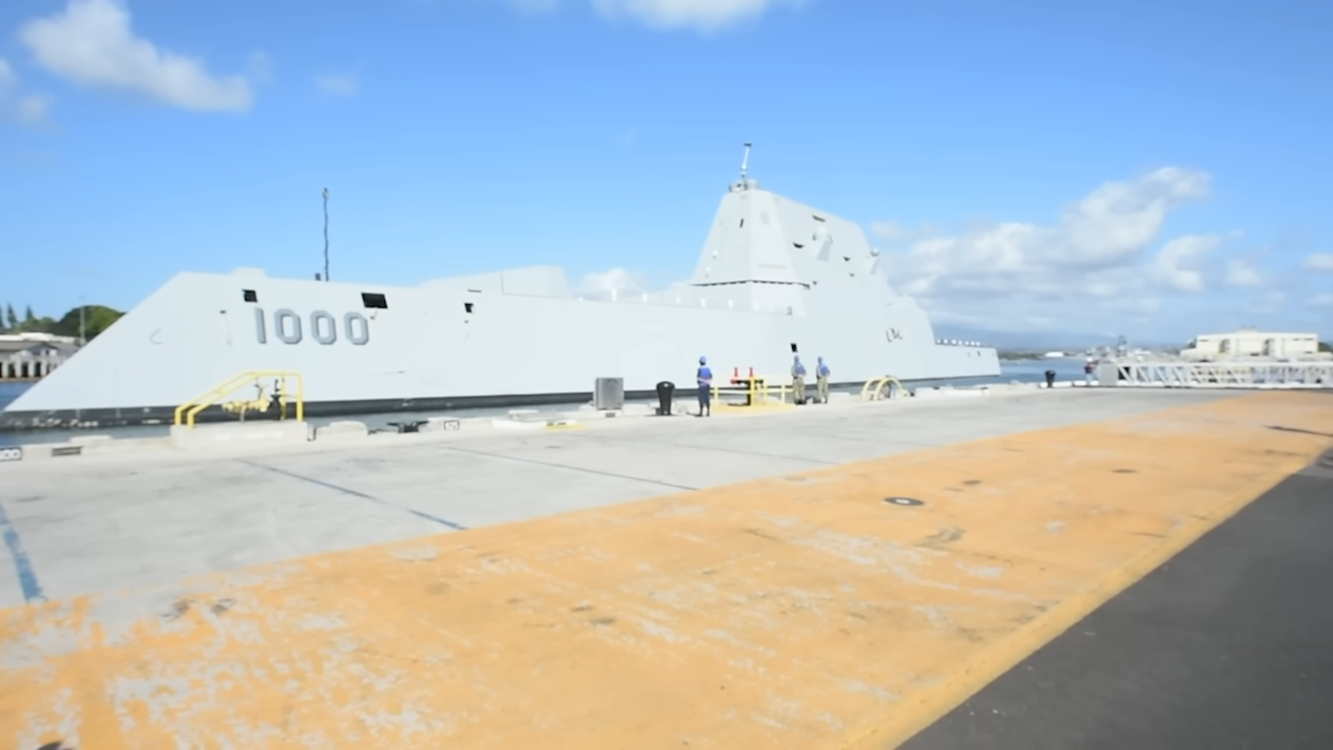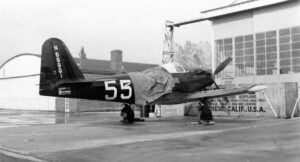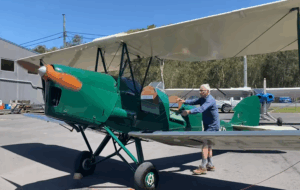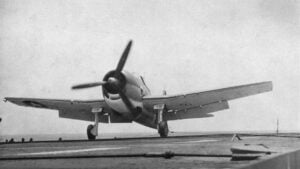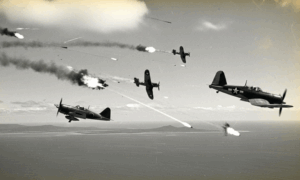5 Crazy New Weapons Entering Service for the U.S. Navy
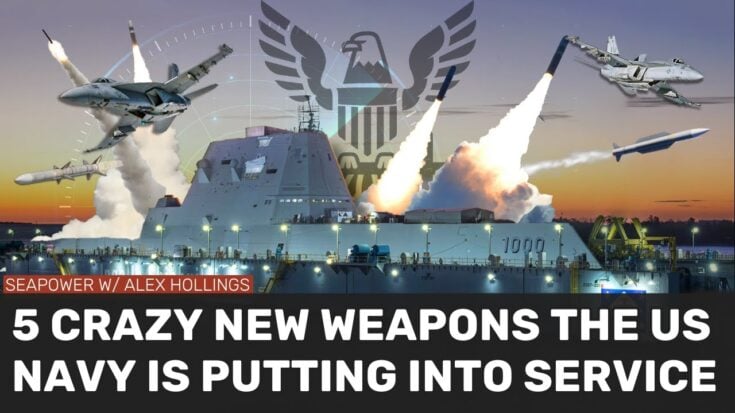
YouTube / Sandboxx
The U.S. Navy is in the middle of a major transformation. While its shipbuilding programs face delays and rising costs, a new generation of naval weapons is quietly emerging. These systems promise to keep America’s seaborne power dominant for decades to come. From hypersonic missiles to reusable interceptors, these innovations are redefining modern naval warfare.
1. The AIM-174B “Gunslinger” Air-to-Air Missile
Built from the ship-launched SM-6 interceptor, the AIM-174B is the Navy’s new long-range air-to-air missile. Measuring nearly 15 feet and weighing about 1,900 pounds, it can reportedly engage targets more than 300 miles away, which is three times the range of the legendary Phoenix missile once carried by F-14 Tomcats.
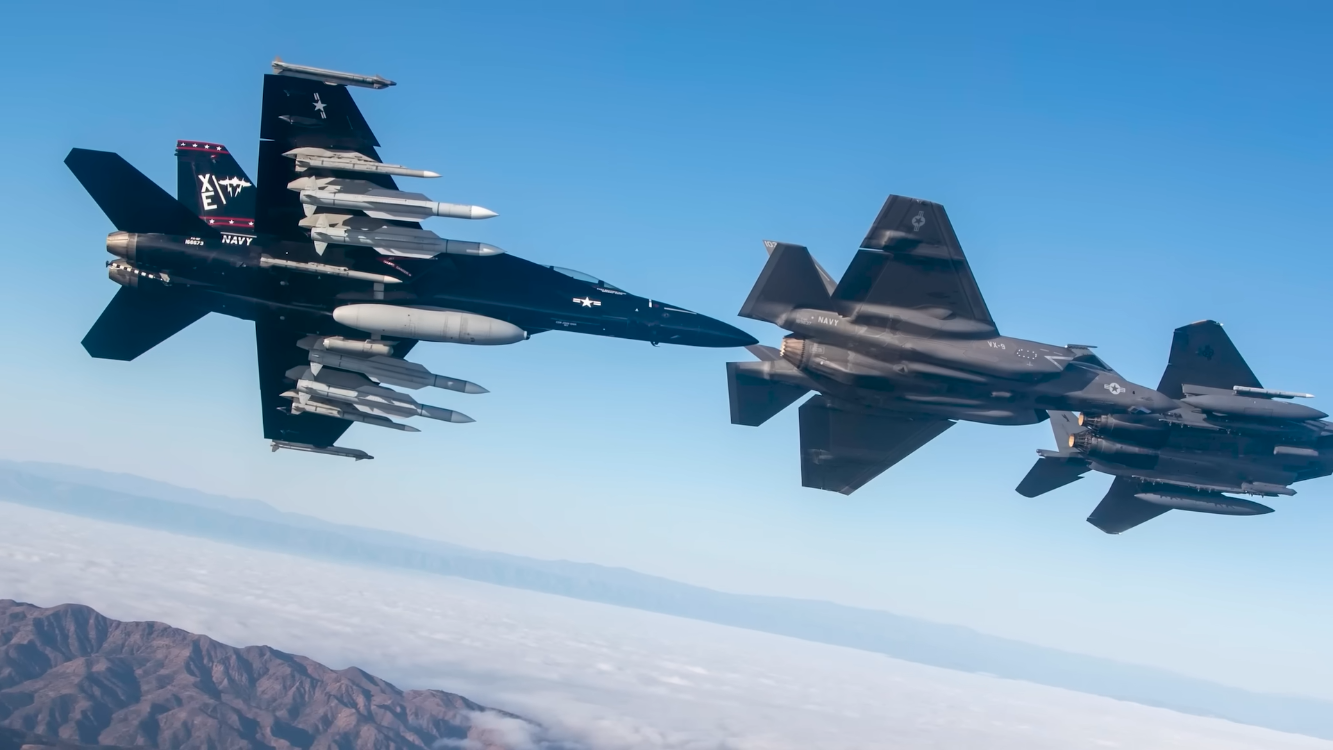
Equipped with a 140-pound warhead and advanced radar seeker, the Gunslinger can strike enemy aircraft, cruise missiles, and even ballistic missiles during their terminal phase. Upcoming “wide-area effect” warheads may also give it the ability to intercept hypersonic missiles, allowing carrier-based Super Hornets to function as flying air defense platforms.
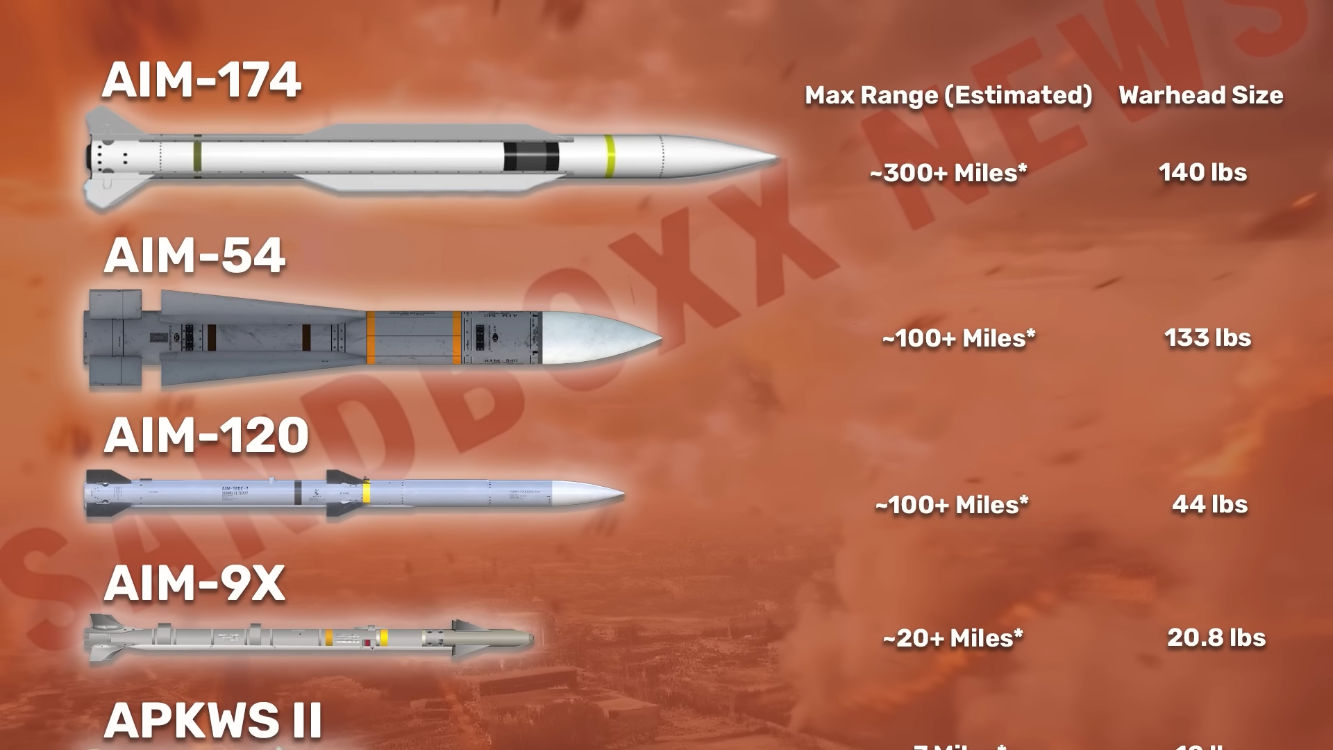
2. Compact Rapid Attack Torpedo (CRAW)
The Navy’s new Compact Rapid Attack Weapon, or CRAW, is a lightweight torpedo about one-fourteenth the size of the standard Mark 48.
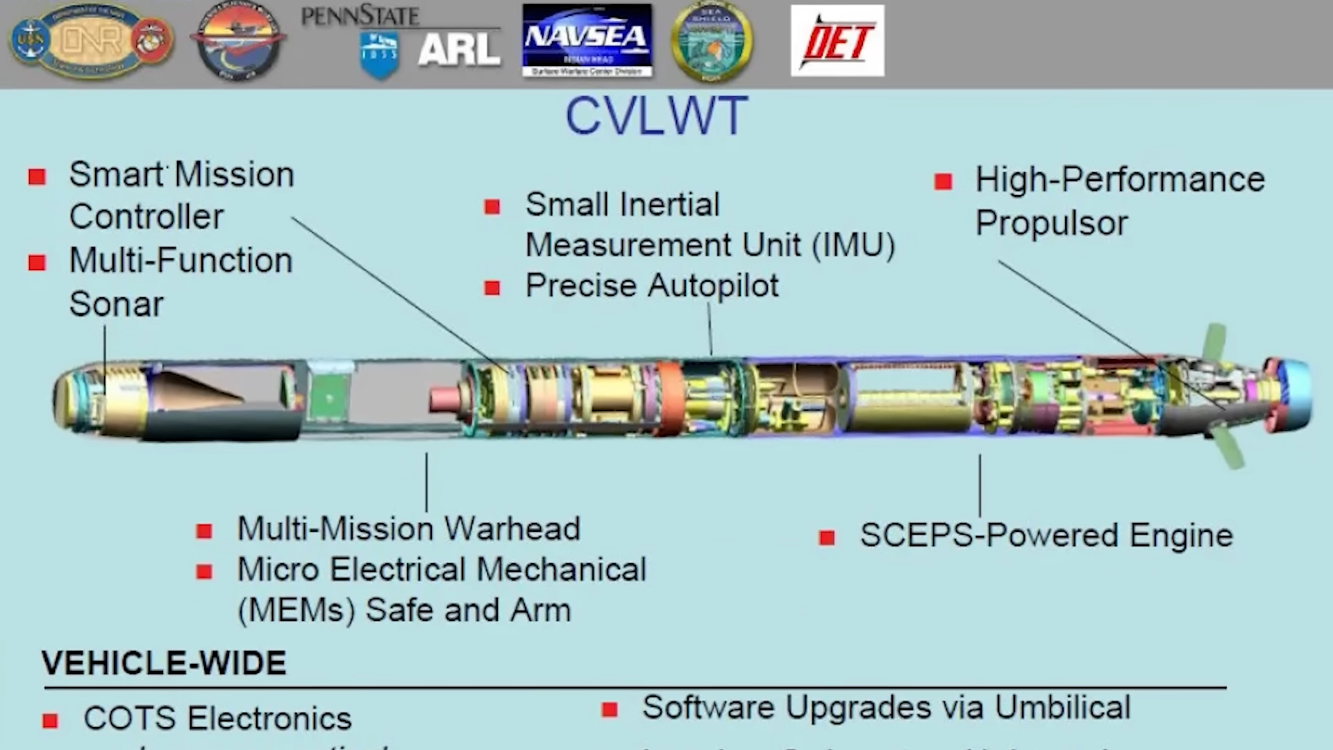
Despite its small size, it is powerful enough to sink submarines or small warships. Its compact design allows submarines to carry far more torpedoes, thanks to the Revolver Multi-Payload system, which lets a single torpedo tube launch several CRAWs in rapid succession.
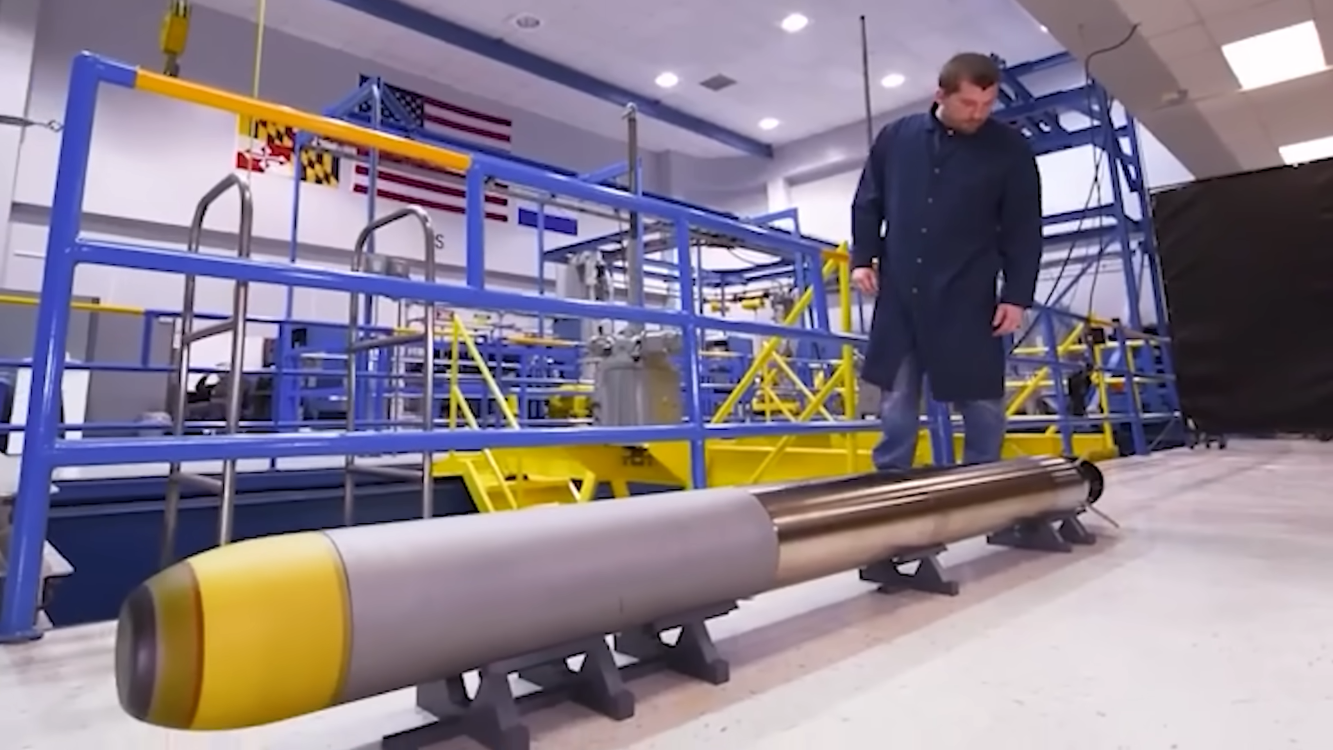
With this setup, a single Virginia-class submarine could carry more than 150 torpedoes, giving it the firepower to overwhelm enemy fleets in seconds.
3. Project Nemesis and the LEAD Decoy
Perhaps the most secretive program of all is Project Nemesis, an electronic warfare system designed to create “ghost fleets.” At the center of this project is the Long-Endurance Autonomous Decoy, or LEAD, a drone that can mimic the radar signature and movements of real U.S. warships.
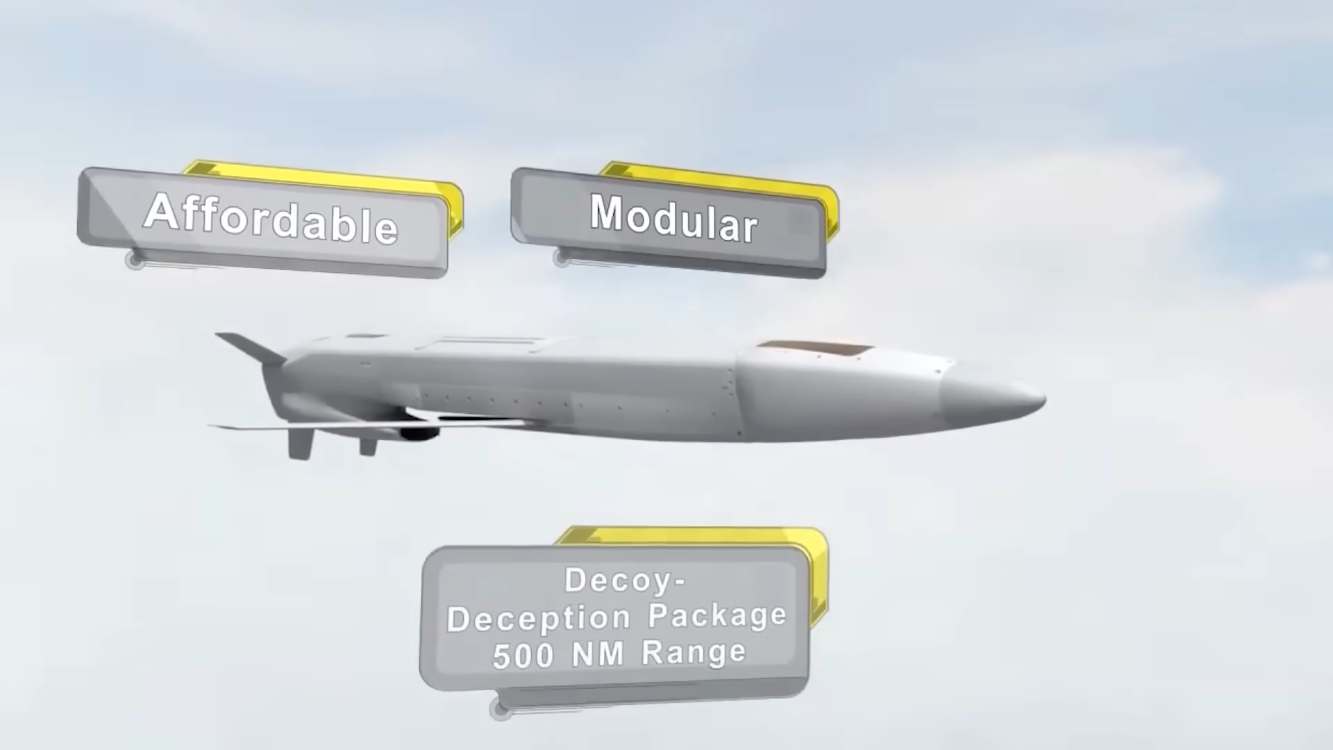
By deploying several LEAD drones together, the Navy can project what appears to be an entire carrier strike group on enemy radar. This capability can draw enemy fire and confuse targeting systems, creating a massive advantage during combat.
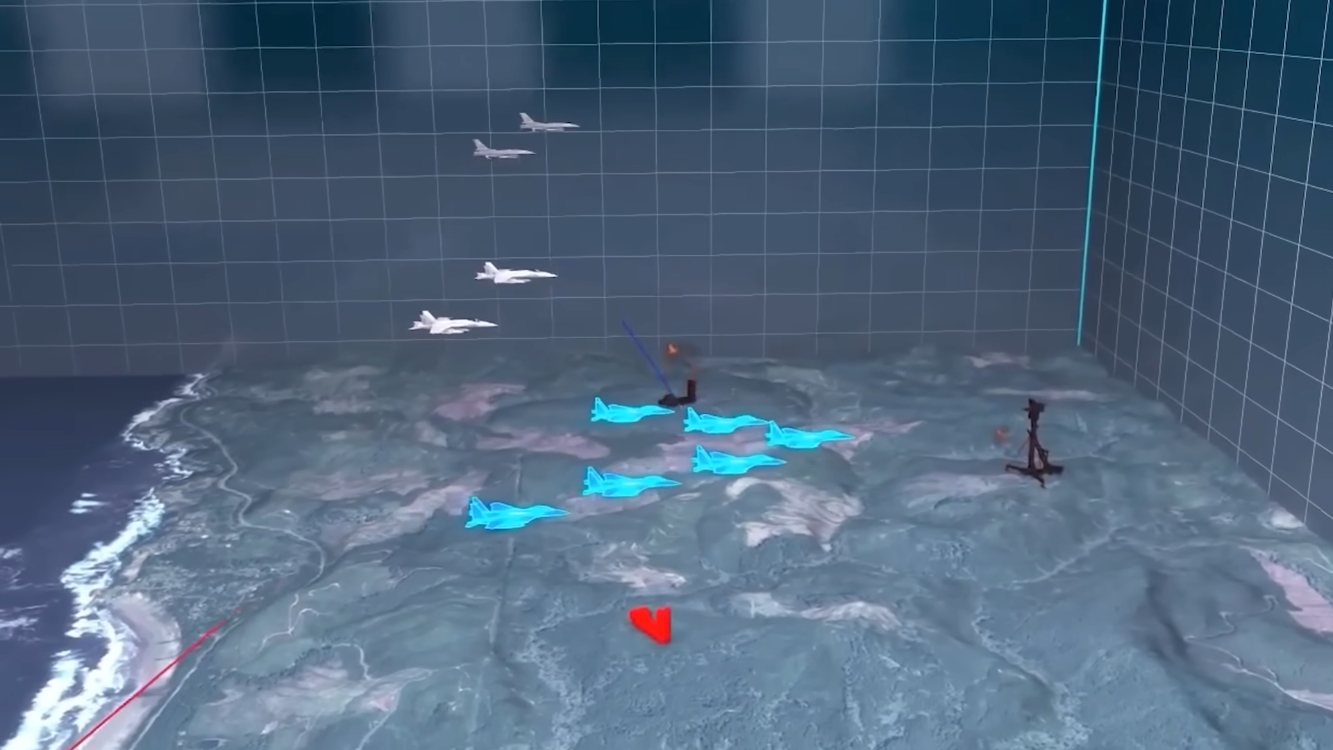
4. Anduril’s Roadrunner-M Interceptor
Developed by Anduril Industries, the Roadrunner-M is a reusable, jet-powered interceptor drone designed to shoot down incoming threats and return to its launch ship if it does not need to engage.

With vertical takeoff and landing capability, high subsonic speed, and autonomous controls, the Roadrunner-M offers a cost-effective defensive shield for carriers and destroyers. The system is already in limited use aboard the USS Gerald R. Ford and is expected to be deployed across the fleet soon.
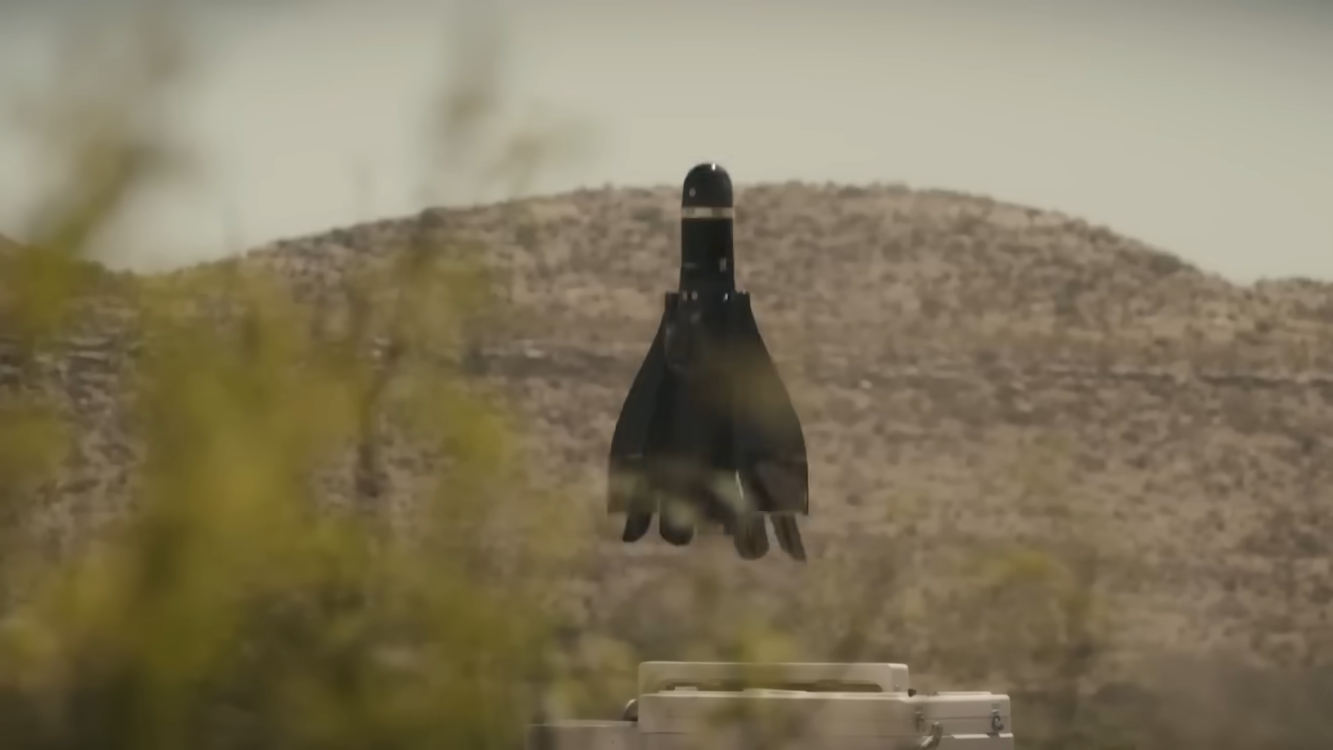
5. Hypersonic Conventional Prompt Strike (CPS) Missile
The Navy is also preparing to field its first hypersonic weapon, known as the Conventional Prompt Strike missile. It will be fitted to the stealthy Zumwalt-class destroyers, replacing their failed gun mounts with massive 87-inch launch tubes capable of firing 12 hypersonic glide vehicles.
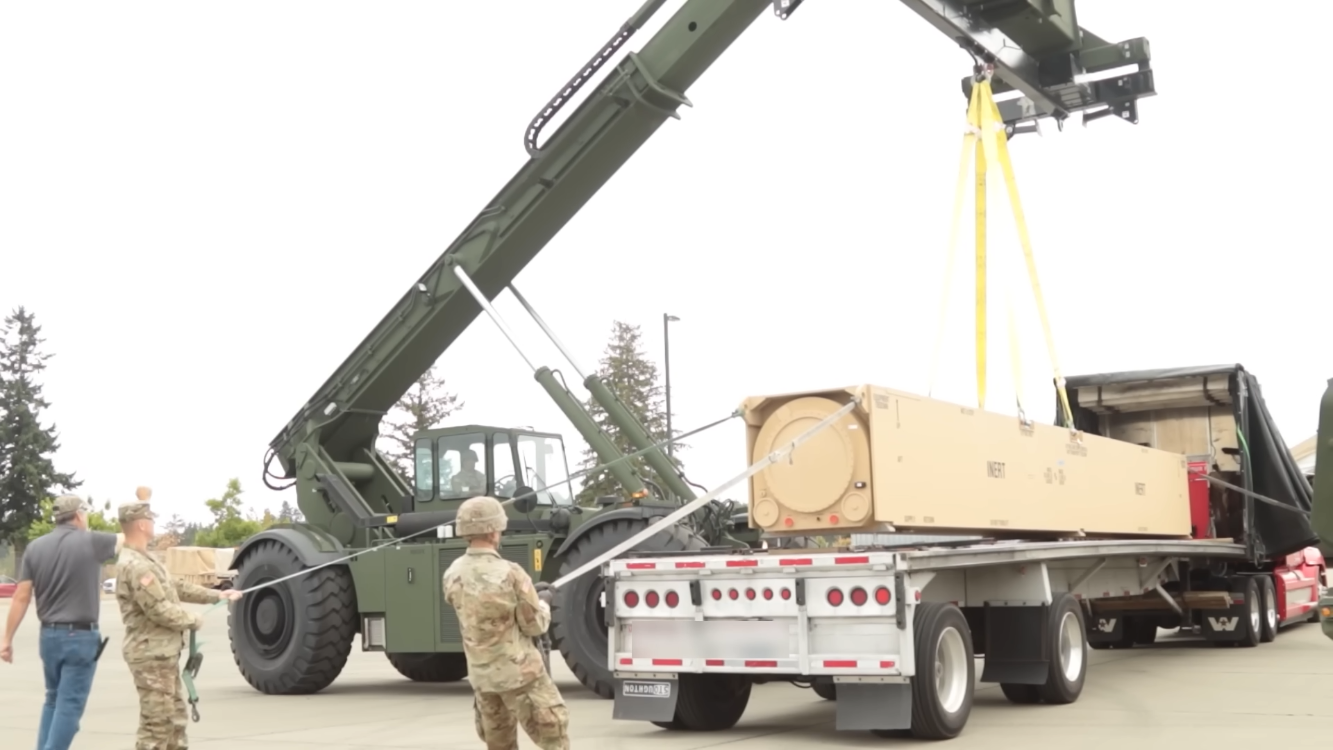
With the ability to strike targets more than 1,700 miles away at speeds beyond Mach 5, the CPS gives U.S. warships a true deep-strike capability. Submarines will receive the system next, making America’s underwater fleet even more formidable.
